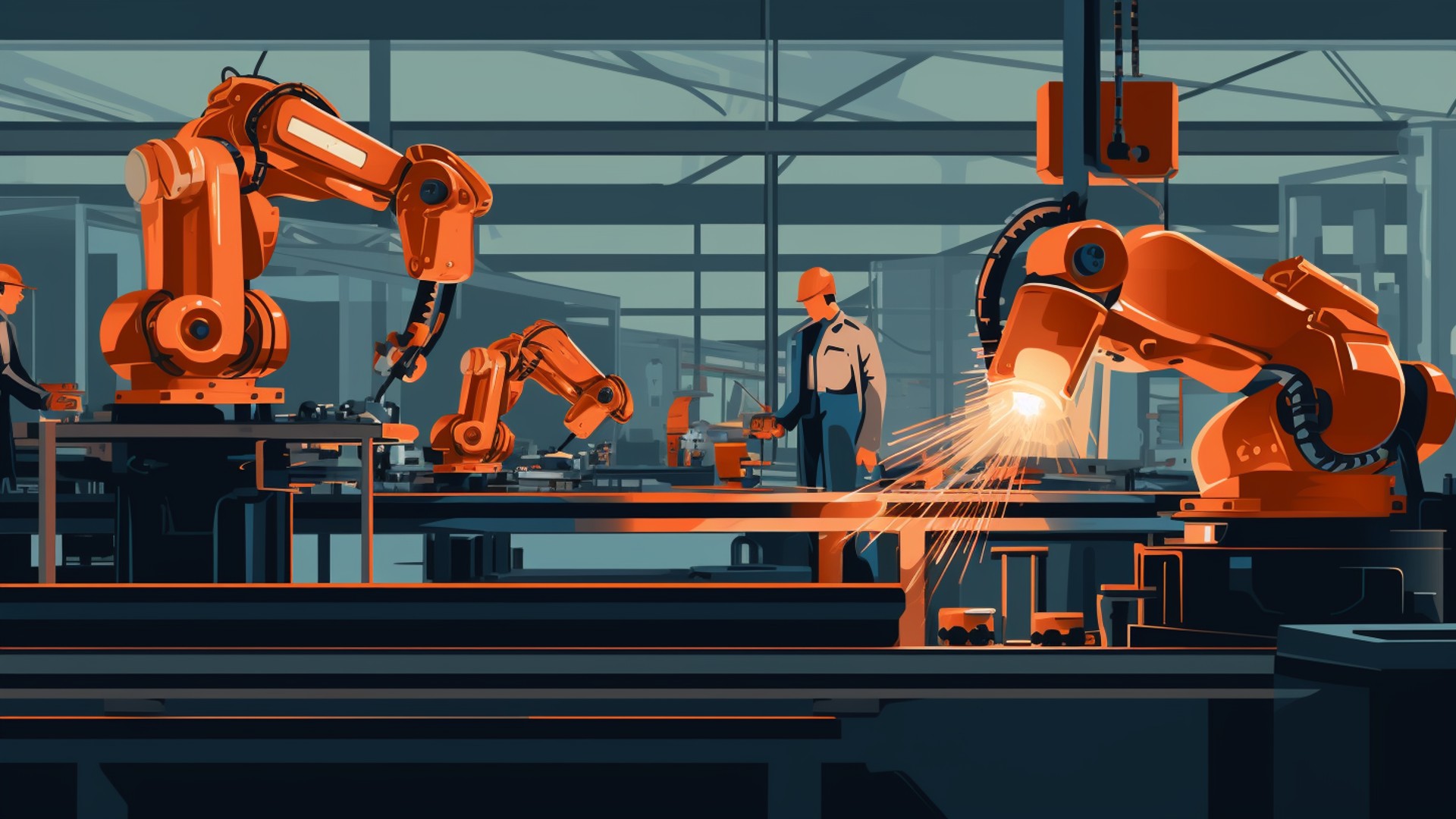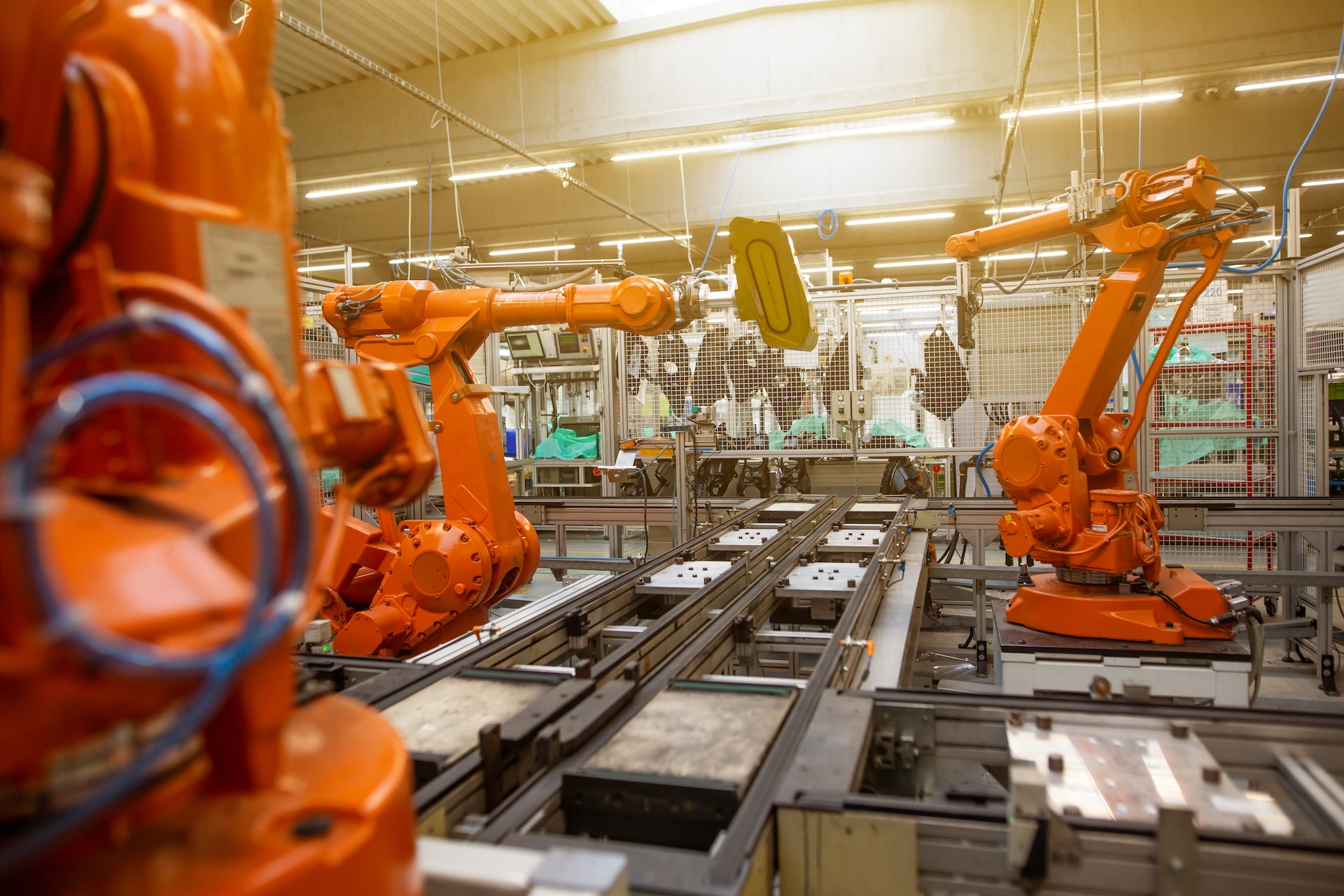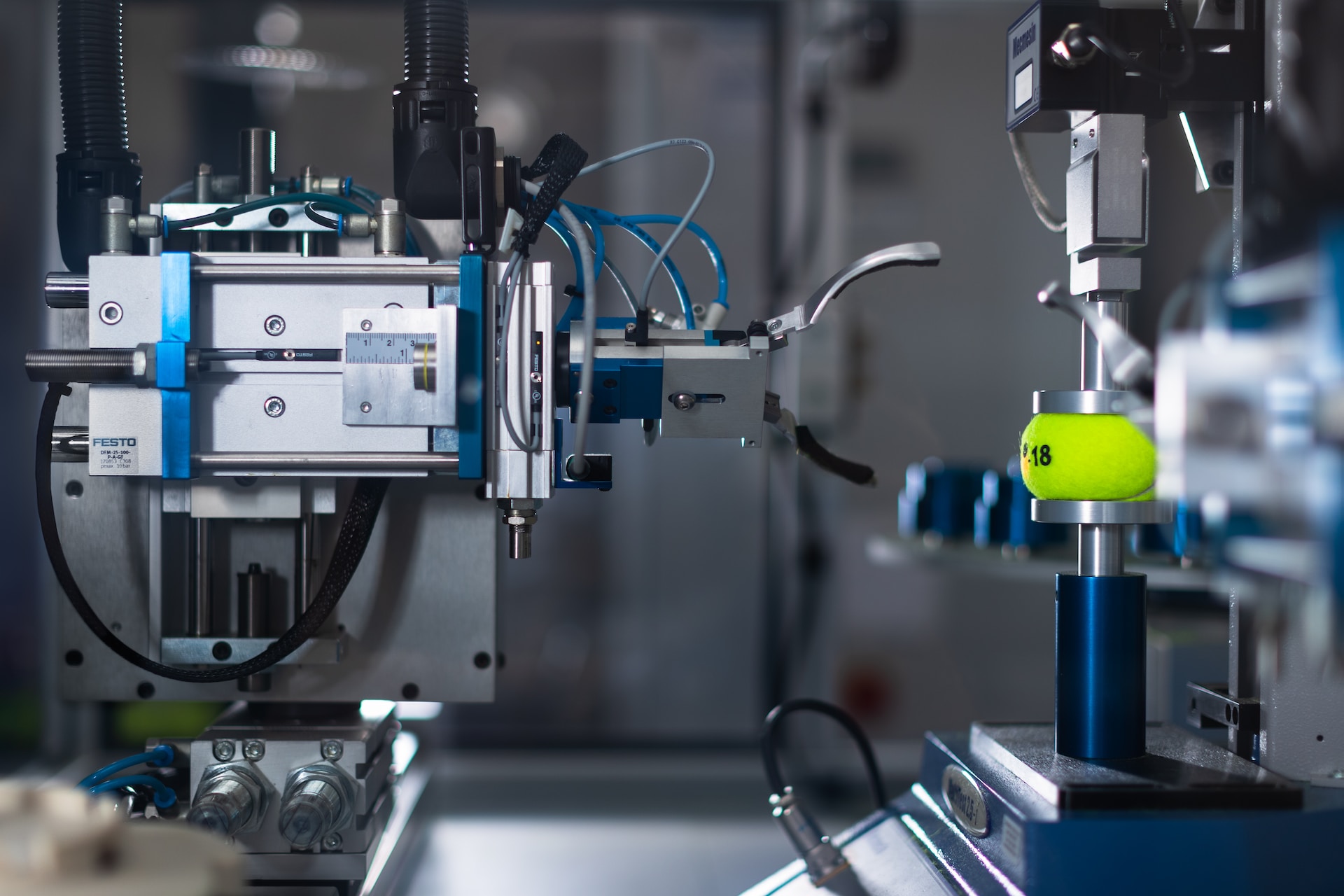
How Cobot Welders Increase Efficiency
August 29, 2023 - Emily Newton
Revolutionized is reader-supported. When you buy through links on our site, we may earn an affiliate commision. Learn more here.
Cobot welders are innovative employee assistants that boost efficiency, reduce waste, increase throughput and improve product quality. These robots are smart, flexible and user-friendly, making them a great investment for small shops and large manufacturers alike. How can businesses upgrade their robotic welding process with cobots?
The Role of Cobot Welders in the Shop
Businesses can use cobot welders in a variety of ways, all of which can improve efficiency and throughput. There are a few top benefits of adding robots in manufacturing and fabrication.
Address Labor Shortages
A robotic welding process can help reduce stress for short-staffed teams. Currently, there’s a shortage of at least 375,000 welding professionals. This shortage is making it more difficult to find and hire talented workers, particularly for small businesses.
Short-staffed teams are at a steep disadvantage since stress and limited productivity hamper throughput. Cobots can reduce pressure on employees and help them keep up with demand more easily. The robots don’t replace employees, they simply fill in the productivity gaps left by unfilled jobs.
Implementing a robotic welding process can even improve workplace safety. Short-staffed teams may be more likely to experience injuries on the job due to heightened stress and rushed work. When employees are able to take their time finishing tasks, they are less likely to make mistakes that lead to accidents and injuries.
The potential of cobot welders is even greater in especially dangerous welding careers, such as underwater welding. Hiring for this role is extremely difficult due to the high level of risk and uniquely specific skill set. Cobots can automate especially dangerous underwater welding projects and assist human welders on the job.
Improve Employee Efficiency
Robots can help employees work more efficiently on any size team. From small businesses to large manufacturers, cobots are able to augment the skills of employees so more can get done in less time. The result is higher throughput at a lower cost.
For example, a robotic welding process can take care of repetitive, simple welds while employees get to spend more time on detailed-oriented fabrication tasks. They can make more efficient and valuable use of their time since they have fewer tasks on their plate.
This was the case for California-based manufacturer Pro Spot International. Pro Spot experienced a 300% increase in throughput when they started using cobots to help out employees. Pro Spot’s employees experienced less strain on the job, as well, leading to better workplace safety.
Pro Spot used their cobots for spot welding, but these robots are capable of a wide range of tasks. There are seven main types of robot welders on the market today for different types of welds, including everything from basic arc welding to plasma welding. Cobots can even share workstations with employees since they’re designed to be safe and employee-friendly.
Reduce Waste With a Robotic Welding Process
As employee efficiency increases, so does their quality of work. Robotic welders allow employees to take more time to check each unit and ensure precision, high-quality craftsmanship. This feature improves quality control but also reduces waste.
A common side effect of rushed work is higher rates of errors and accidents. Sometimes employees can repair defects, but they can also lead to a high volume of material waste. This increases the cost of each unit since businesses are effectively paying more money for less materials.
Cobots resolve this issue. The robots themselves are highly precise. They can perform the same exact weld hundreds of times without experiencing a decline in quality. Meanwhile, employees have more time to stay focused, take breaks and put their best work into each and every unit they create, resulting in fewer defects and less waste.
Higher Flexibility at Lower Cost
Robotic welders add more flexibility for custom orders. There are many potential customers out there who need custom-made, small-batch metal parts, but can’t afford the high cost that comes with such an order.
That cost is usually due to slow, inefficient fabrication processes, which aren’t well-suited for custom builds. Additionally, small, custom orders take valuable time away from more efficient mass production tasks. This effectively reduces throughput and profit for the manufacturer.
Businesses that use cobots are better positioned to fulfill small-batch orders without drastically increasing costs or losing money. While custom orders necessarily cost more, cobot can help businesses offer more affordable pricing. As a result, they can bring in more customers looking for custom, small-batch orders.
Some bots can even have a “copilot” design that allows the welder to set up custom welds and movements without any programming. This ultra-flexible user interface is perfect for filling custom orders quickly and easily.
Since robotic welding improves overall efficiency, there is less negative impact from reassigning a couple welders and cobots to work on a custom order. They can also complete the custom order more quickly than conventional methods would allow. This results in shorter lead times, lower pricing and a better customer experience.
Tips for Adopting a Robotic Welding Process
How do businesses get started adopting cobot welders in their shops? The process varies depending on the size of the business and the type of welding tasks they want to automate. However, a few tips are helpful for guiding the process.
First, it is usually best to focus on one new automation technology at a time. Some businesses make the mistake of spreading themselves too thin when they are trying to kickstart their automation strategies.
For instance, a business might try to adopt additive metal manufacturing at the same time they are also investing in their first cobot welder. Both of these technologies are powerful, effective and exciting, but they require focus and careful planning to implement successfully. Concentrating on one technology at a time allows for that focus.
Additionally, businesses should always keep an eye out for industry conventions and trade shows nearby. These events can be great opportunities to see cobots in action and talk with developers without needing to schedule calls and meetings. There may even be several different welding robots on display at the same event.
Research plenty of options, as well. Conventions are one possible form of research, but business leaders can also look online and talk to other industry professionals about their experience with different robots. Try to book demos with a number of robotic companies before making a final decision on one.
Finally, it’s always important to prepare employees for the introduction of a cobot welder in the workplace. It’s natural for employees to be worried about a robot taking over their jobs. This anxiety can hamper the success of the cobot investment. Make it clear that the cobot welder is there to act as an assistant, not replace employees.
Rev up Productivity with a Robotic Welding Process
Cobots are exciting, innovative tools that can help out employees, reduce waste, improve safety, increase throughput and lead to a significant increase in efficiency. Businesses that adopt these amazing machines can resolve staffing shortages and improve their flexibility and quality control. Cobot welders make a great addition to small shops and large manufacturers alike, powering productivity with every weld.
Revolutionized is reader-supported. When you buy through links on our site, we may earn an affiliate commision. Learn more here.
Author
Emily Newton
Emily Newton is a technology and industrial journalist and the Editor in Chief of Revolutionized. She manages the sites publishing schedule, SEO optimization and content strategy. Emily enjoys writing and researching articles about how technology is changing every industry. When she isn't working, Emily enjoys playing video games or curling up with a good book.




